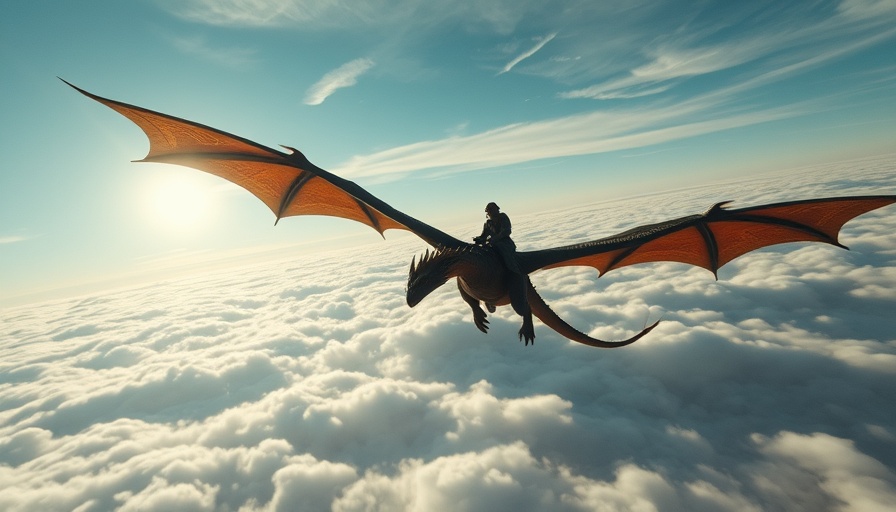
How to Train Your Dragon Soars at the Box Office
Universal's latest live-action remake of How to Train Your Dragon has taken flight with impressive box office numbers. The film, a reimagining of the beloved animated series, opened to a staggering $197.8 million worldwide, showcasing not only its broad appeal among families and fans alike but also the resilience of the franchise.
Global Spotlight on Box Office Success
The international market played a significant role in the film's financial success, contributing approximately $114 million. Key territories like Mexico, the UK, Ireland, and China have emerged as strong supporters of the film, reflecting a growing trend of global audiences embracing popular franchises regardless of their origin. These impressive numbers indicate that the story of Hiccup and Toothless continues to resonate with viewers of all ages.
Franchise Longevity and Audience Engagement
One of the reasons for the film's success is the enduring quality of the How to Train Your Dragon franchise. With three esteemed animated films under its belt and several TV shows that have kept Hiccup and his dragon adventures alive, nostalgia likely played a pivotal role in drawing audiences to theaters. Given that this is DreamWorks' inaugural attempt at a live-action remake, expectations were high. However, positive audience and critical reception has reinforced the franchise's standing in pop culture.
Comparative Success: Disney's Lilo & Stitch
In a parallel narrative, Disney's own summer remake Lilo & Stitch has managed to carve out its own significant share of the box office, earning an additional $46.6 million globally. Currently at $858 million, the movie is on track to become one of the first films of 2025 to surpass the billion-dollar mark, thanks to a similar international appeal. This raises an interesting discussion about the evolving landscape of remakes—can both studios thrive simultaneously through nostalgia-driven stories?
A Summer of Remakes: What’s on the Horizon?
As we dive deeper into the summer movie season, the anticipated release of Pixar’s Elio is sure to set scenes ablaze in theaters. Alongside upcoming titles like Jurassic World Rebirth and Superman, the array of cinematic options combines both beloved franchises and fresh narratives. The continuous trend of reviving familiar stories keeps families engaged, ensuring that box office revenues remain robust.
Future Implications for Remakes
The success of How to Train Your Dragon highlights a remarkable trend in the film industry—the growing acceptance of remakes and adaptations. As studios seek to tap into established fanbases, we can expect more franchises to undergo similar transformations. The remaking process, when handled with care, can enhance character depth and storyline connections beyond initial storytelling and potentially lead to sequels. In this particular case, Universal has already greenlit a sequel scheduled for release in June 2027, illustrating confidence in the franchise’s continued growth.
Join the Conversation
The resurgence of beloved franchises like How to Train Your Dragon offers an opportunity for dialogue about the role of nostalgia in cinema. How can stories of the past be effectively revitalized for new generations? As we continue to witness these cultural phenomena, audiences will invariably shape the future of how these narratives unfold. Are these remakes merely cash grabs or legitimate attempts at storytelling? The answer lies in how they engage us as viewers.
 Add Row
Add Row  Add
Add 




Write A Comment